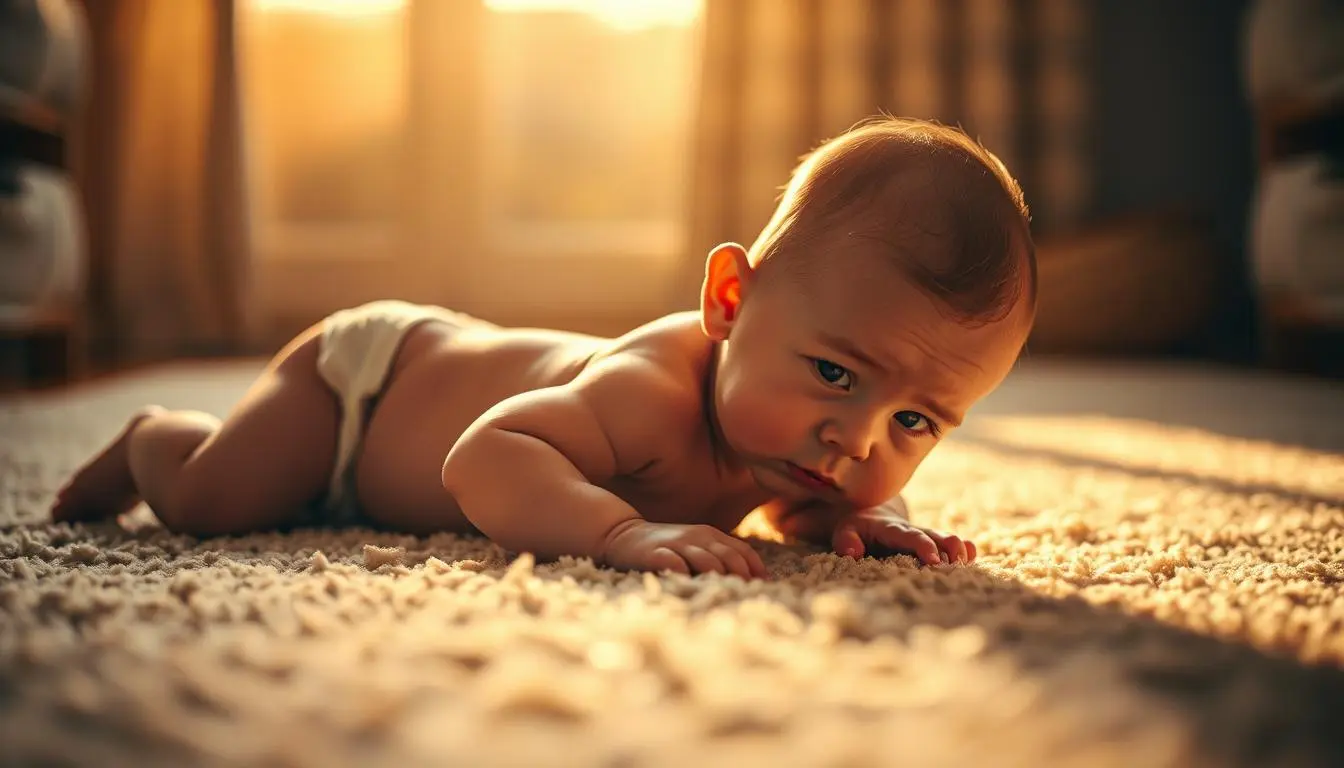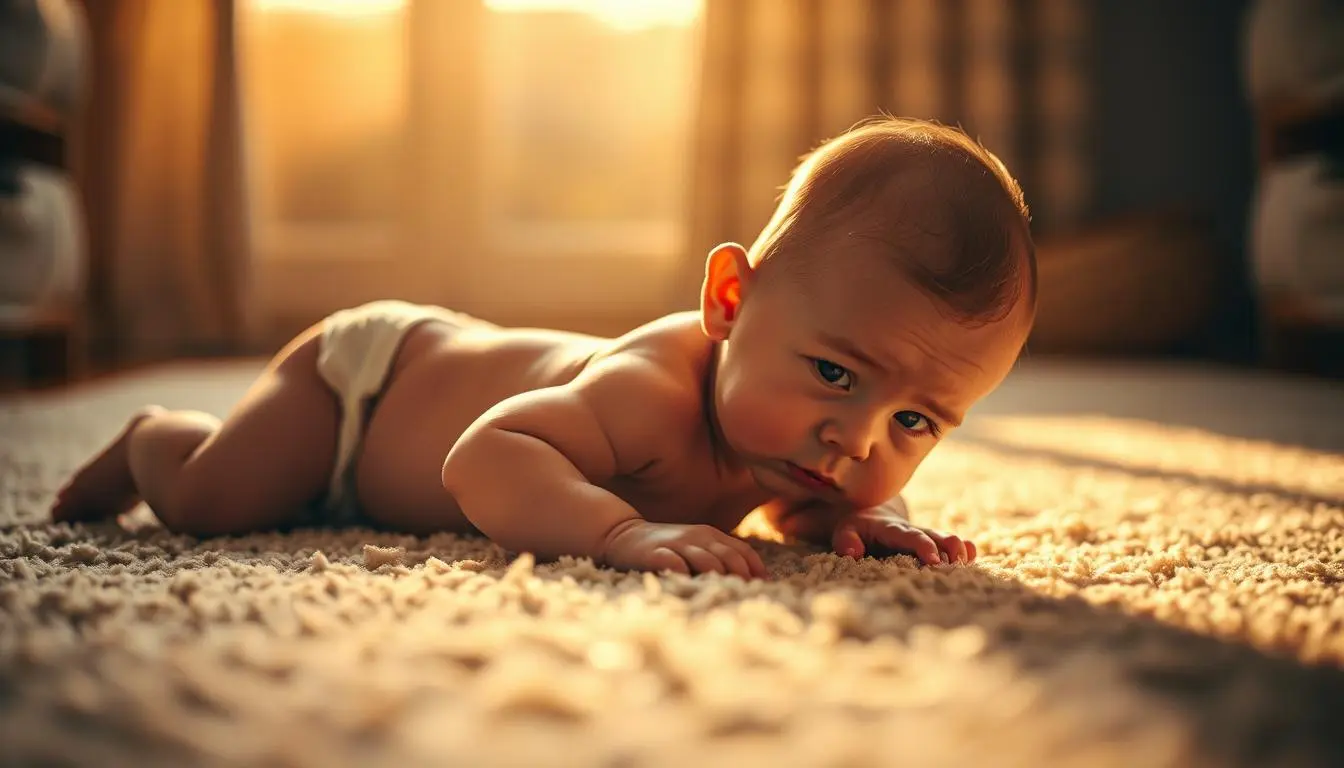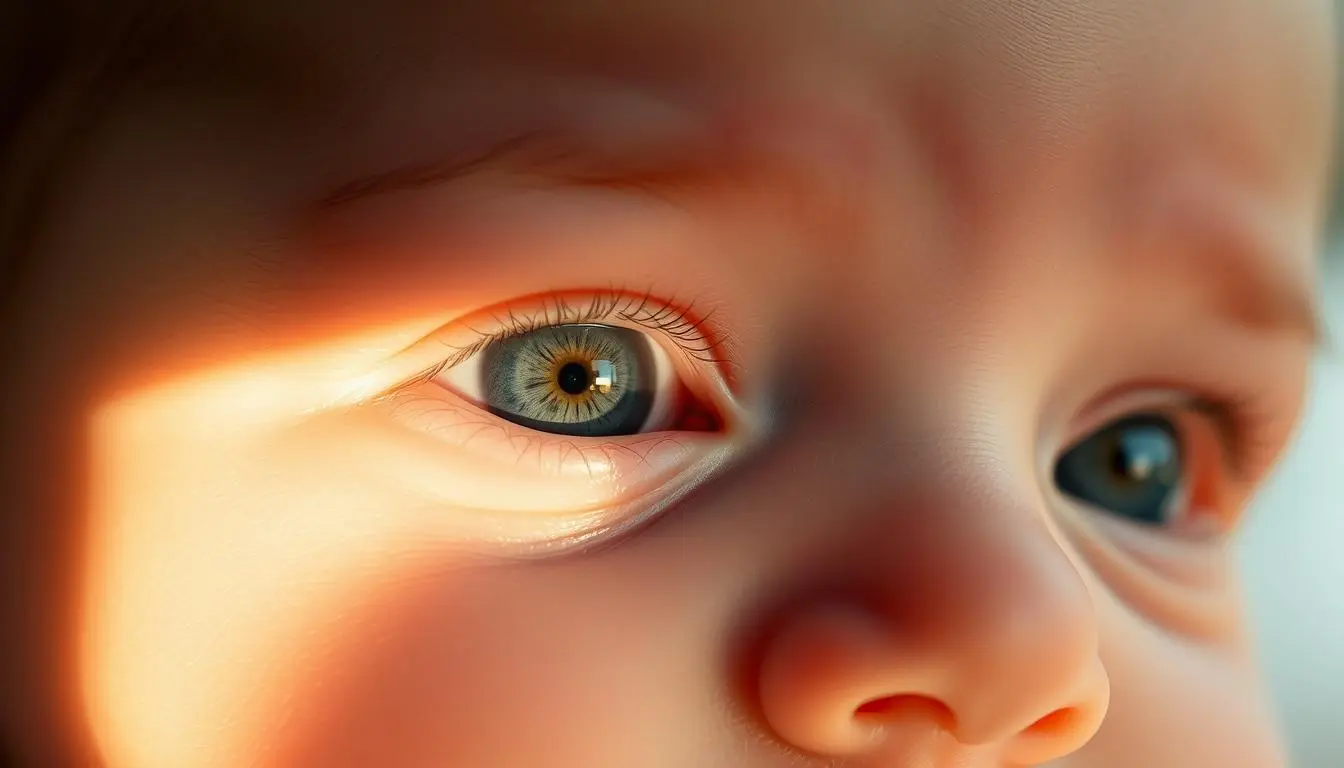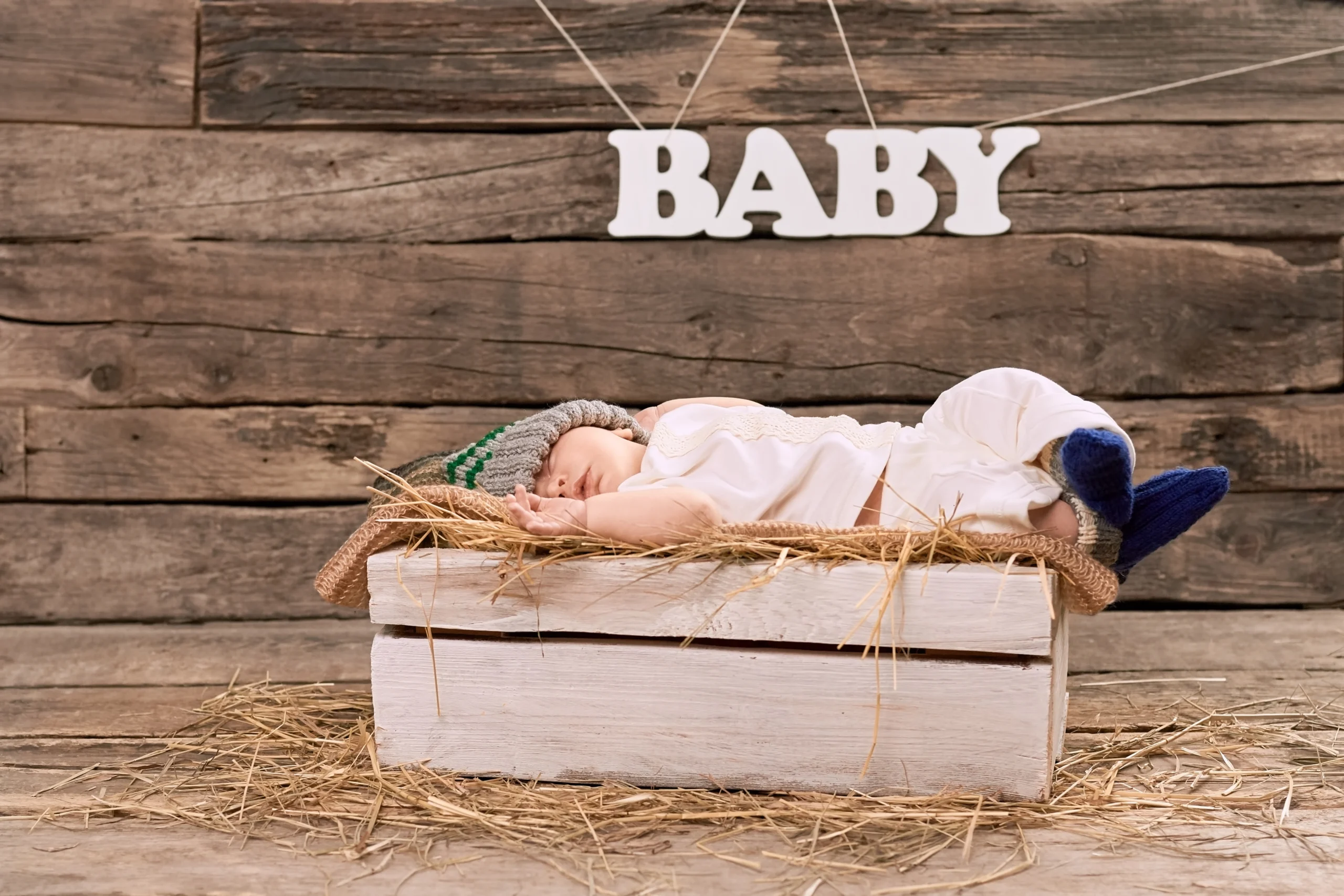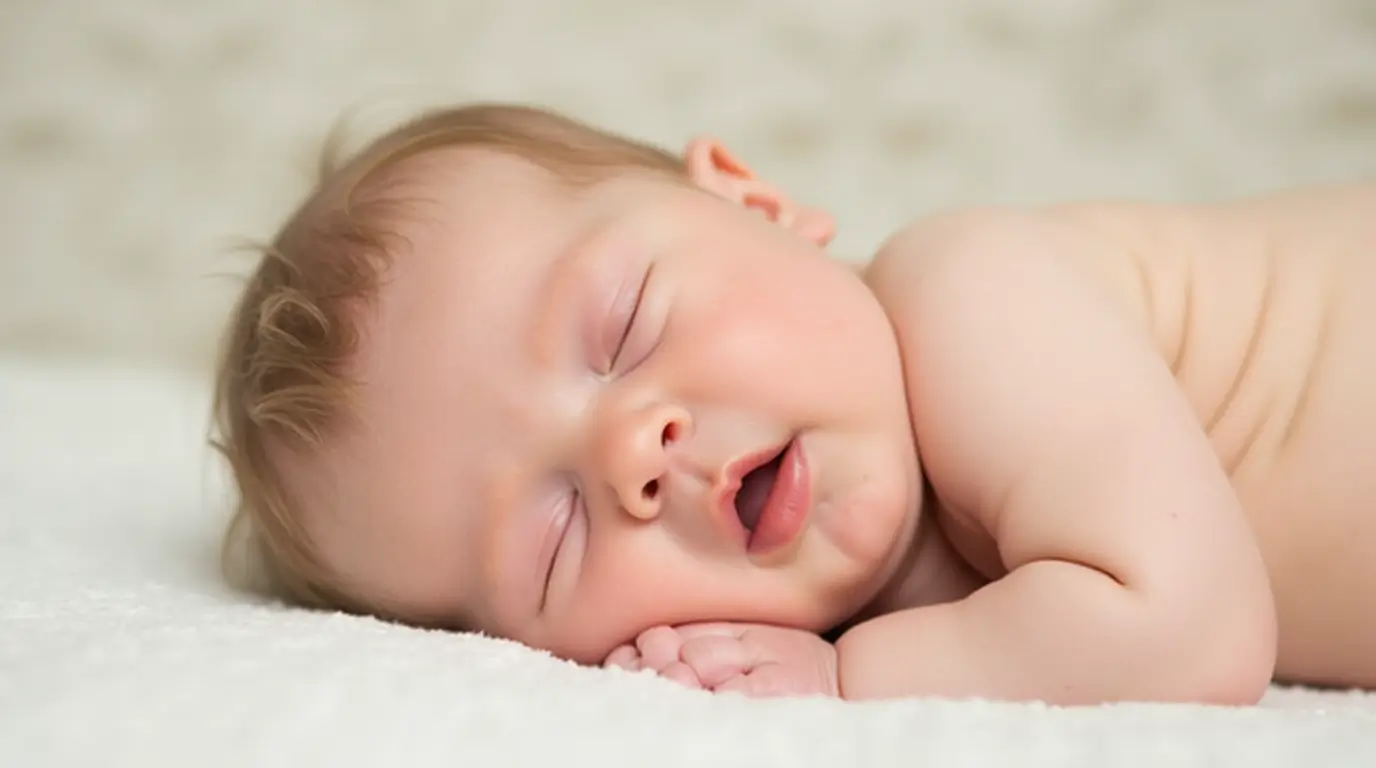How Many Bones Are Babies Born With? Infants are born with a lot of bones, which later merge as they grow. Their skeletal system is very different from an adult’s.
At birth, the human body has around 270 bones. As the child grows, some bones merge, leaving the 206 bones adults have.

This bone merging is a key part of growing up. It’s interesting to see how the skeletal system changes from babyhood to adulthood.
👶 Must-Have Baby Products Every Parent Needs – Shop Top Picks on Amazon
Everything you need for baby’s first year — all in one place. 💗
Key Takeaways
- Newborns have around 270 bones.
- The number of bones decreases as the child grows.
- Adults have 206 bones.
- Bone fusion is a natural process in human development.
- The skeletal system changes significantly from birth to adulthood.
The Surprising Number of Bones in Newborns
Newborn babies have around 300 bones. This is much more than the 206 bones adults have. This difference is because of how the skeletal system grows.

Comparing Baby and Adult Bone Count
Newborns and adults have different bone counts because of bone fusion. As babies grow, some bones merge, leading to 206 bones in adults. For example, a newborn’s skull bones aren’t fully joined. This lets the skull flex during birth and grow with the brain.
This bone fusion keeps happening until early adulthood. It shapes the adult skeleton.
Why Babies Need More Bones
Babies have more bones for flexibility and growth. These extra bones help absorb shock and support the body early on. They also make the skeleton more pliable for birth.
As the child grows, bones start to fuse. This gives more stability and support. It’s a key part of development.
How Many Bones Are Babies Born With? The Complete Answer
At birth, babies have a unique skeletal system. They are born with about 300 bones, which is more than adults have. This number decreases as they grow up.

The Exact Number and Its Significance
Newborns have around 300 bones, more than the 206 bones in adults. This is because many of their bones start as cartilage. Cartilage is soft and flexible, turning into bone as they grow.
This higher bone count is important for growth. It lets their bones be more flexible. This helps with birth and growth in early years.
Variations in Bone Count Among Newborns
The number of bones in newborns can vary. These differences are usually normal and based on genetics. The way bones turn from cartilage to bone also varies.
How Scientists Study Infant Skeletal Development
Scientists use X-rays and ultrasounds to study baby bones. These methods let them see bones develop without harming the baby. They learn a lot about how bones grow and change.
Knowing how baby bones develop is key for doctors. It helps them diagnose and treat bone-related issues. This knowledge is vital for pediatric care and orthopedic medicine.
The Fascinating Process of Bone Fusion
Bone fusion is key in human growth, turning the baby skeleton into the adult one. It makes the skeleton stronger and more stable. This happens as bones join together.
When and How Bones Begin to Fuse
Bones start fusing at different times in infants. Some in the skull fuse a few months after birth. Others take years.
This change is carefully controlled. It involves replacing cartilage with bone, a process called ossification.
The Timeline of Bone Development from Birth to Adulthood
Bone growth happens from birth to early adulthood. At birth, the skeleton has about 300 bones, many of which are cartilage.
As the child grows, these bones ossify and merge. This eventually forms the 206 bones in an adult skeleton.
Common Misconceptions About Baby Bone Development
Many think the number of baby bones is always the same. But, the number can vary among newborns. The fusion process also differs from person to person.
Knowing these differences helps us understand human growth better. It’s important for learning about newborn anatomy.
7 Amazing Facts About Baby Bones
The skeletal system of newborn babies is complex and fascinating. Babies are born with unique bone characteristics that differ from adults. Knowing these differences helps us appreciate the amazing process of human growth.
Fact 1: Babies Have Cartilage That Turns Into Bone
Newborns have a lot of cartilage in their bones. This cartilage turns into bone as they grow. This process is called endochondral ossification and helps their bones develop.
Fact 2: Fontanelles Allow for Brain Growth and Birth
Fontanelles are soft spots on a baby’s head. These spots are where the skull bones haven’t joined yet. They help the brain grow fast and make birth easier.
Fact 3: Babies’ Bones Heal Faster Than Adults’
Babies’ bones heal faster than adults’. This is because they have growth plates and more blood. These help fix fractures and other bone injuries quickly.
Fact 4: Newborns Don’t Have Kneecaps as We Know Them
Babies are born without kneecaps. Instead, they have cartilage that turns into the kneecap later. This is how they develop a kneecap as they grow.
Fact 5: Bone Density Differences Between Babies and Adults
Newborns have lower bone density than adults. This is normal for their age. As they grow and move, their bone density gets stronger.
Fact 6: The Clavicle Is Often the First Bone to Ossify
The clavicle, or collarbone, starts to ossify early in the embryo. This is key for the shoulder girdle’s development and the upper body’s structure.
Fact 7: Babies’ Skulls Have Multiple Parts That Later Fuse
A newborn’s skull has many parts that haven’t fused yet. These parts make the skull flexible for birth and let the brain grow fast in early infancy.
These seven facts show how special and complex the human skeletal system is at birth. Learning about baby bones gives us a deeper understanding of human development.
Key Milestones in Infant Bone Development
The first year of life is a time of fast bone growth and development. This sets the stage for a healthy future. Knowing these milestones helps parents and caregivers see if their infant is growing right.
First Year Growth Patterns
Infants are born with about 300 bones, many of which are cartilage. As they grow, some bones fuse together, forming the 206 bones in adults. The rate of bone growth is most rapid during the first year, with big changes in the first few months. For example, the skull bones aren’t fully fused at birth, allowing for flexibility during delivery and to accommodate the brain’s rapid growth in early infancy.
“The process of bone development is complex and tightly controlled,” says a leading pediatrician. “It’s key for parents to know the normal growth patterns to spot any issues early.”
Nutritional Needs for Healthy Bone Development
Good nutrition is key for infant bone development. Calcium and vitamin D are very important for bones. Breast milk and formula are good sources of these nutrients. As infants start eating solid foods, it’s important to make sure they get a balanced diet with calcium-rich foods.
Signs of Healthy Bone Development in Babies
There are signs that show a baby’s bones are developing well. These include holding their head up while on their stomach, sitting up without help, and eventually standing and walking. Fontanelles, or soft spots on the head, should be watched as they usually close by 18 months.
When to Consult a Doctor About Bone Development
While some differences in development are normal, some signs may mean a baby needs to see a doctor. If a baby is slow to sit or stand, or if there are concerns about their head or limbs, it’s time to talk to a pediatrician.
“Early intervention is key if there are any issues with bone development,” emphasizes a pediatric orthopedic specialist. “Regular check-ups can help identify any problems.”
Conclusion: The Marvel of Human Skeletal Development
The journey of bone development in babies is complex and fascinating. They start with about 300 bones and grow to 206 bones as adults. This change is truly remarkable.
Understanding how bones change in newborns and children helps us see how the skeletal system develops. It shows the amazing ways our bodies adapt and grow, mainly in the early years.
Knowing about bone development in babies helps us see why it’s key to watch how bones change in children. It also shows us how to care for their bones best. This knowledge helps us understand and support the growth of our youngest members.
FAQ
How many bones are babies born with?
Babies are born with about 300 bones. This is more than the 206 bones adults have.
Why do babies have more bones than adults?
Babies have more bones because many are made of cartilage at first. This cartilage turns into bone as they grow.
What is the significance of the higher bone count in newborns?
Newborns have more bones for flexibility. This helps during birth, as bones can move and overlap.
How do scientists study infant skeletal development?
Scientists use radiography, ultrasound, and anatomy studies to learn about bone growth in babies.
What are fontanelles, and what is their role in infant development?
Fontanelles are soft spots on a baby’s skull. They allow for brain growth and flexibility during birth.
At what age do babies’ bones start to fuse together?
Bone fusion starts at different ages for different bones. But many bones fuse in the first few years of life.
How does nutrition affect infant bone development?
Good nutrition, including calcium and vitamin D, is key for healthy bones in babies.
What are some signs of healthy bone development in babies?
Healthy bone development shows in normal growth, proper limb alignment, and no skeletal deformities.

